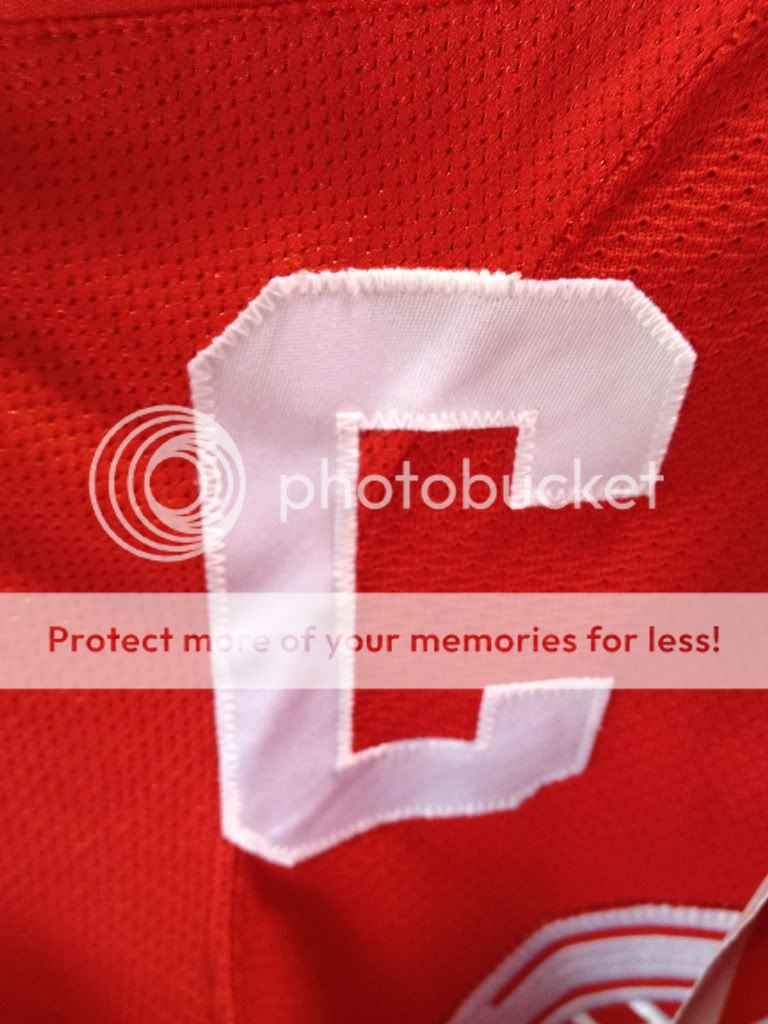I’ll admit it. I didn’t used to get it either. What fun was
there in no flash? What entertainment value was there in perfection? None. So
what was there? Just resolute greatness, a form of excellence so incomprehensible
that it took ten years for the rest of the league, and many Detroit faithful,
to recognize.
When the Wings won their 1997 and 1998 Stanley Cups I was in
elementary school. Sergei Fedorov was my favorite player. He was an offensive
dynamo and had the aura of a superstar, which is the kind of stuff that appeals
to a kid just trying to figure out what “cool” is. By the time 2002 rolled
around I was in middle school, but still just as focused on this “cool” thing.
Dominik Hasek had the kind of flash and substance that I found instantly
appealing, and I soon had a new favorite player. It wasn’t until 2008 that I
started to recognize the brilliance of Nick Lidstrom.
Sure, I’d watched him for years. He was always a player I
liked, but was never my favorite. The older me did some growing up and, no
longer fixated on showmanship and pizazz, began to understand what understated
brilliance meant and that that, not
theatrics, was what truly defined “cool.”
Since 2008 I’ve watched Lidstrom with slack-jawed awe, truly
amazed at what a player of his caliber can do. Last summer I started a project
for this blog in which I rewatched all of the 2008 Cup Finals and charted each
of his shifts. I never got around to publishing it because it just wasn’t that
interesting. He didn’t make mistakes. Ever. I only know so many adjectives to
describe Lidstrom’s play, and my post sounded like a broken record.
I got to meet Nick a couple of weeks ago, and he couldn't have been nicer. Rarely do we meet our idols and not get let down, but Nick Lidstrom operates in rarefied air across all domains. I've learned so much about hockey from watching him, but it's his off-ice poise that I truly admire and attempt to emulate.
I’m glad I found the time to appreciate Lidstrom’s career
before he hung up his skates for good. It’s been more than a pleasure; it’s
been an honor to watch the player whom, in my opinion, is the greatest
defenseman of all time ply his trade for my favorite team. What he’s done for
the game and for the organization can only be matched by some of the most
illustrious names in the history of the sport, and for that I extend my thanks.
The Red Wings lost more than just another defenseman today.
They lost the foundation that their defense has been built on for two decades,
a player who is unquestionably one of the top three to ever play his position.
Thank you for four Stanley Cups, seven Norris Trophys, one Conn Smythe, and 20
seasons of perfection.
Like it? Hate it? Let me know (and follow me) on Twitter @TOGBlog1 or by email at theoctopigarden@gmail.com
Photo credit EPA/Jeff Kowalski











